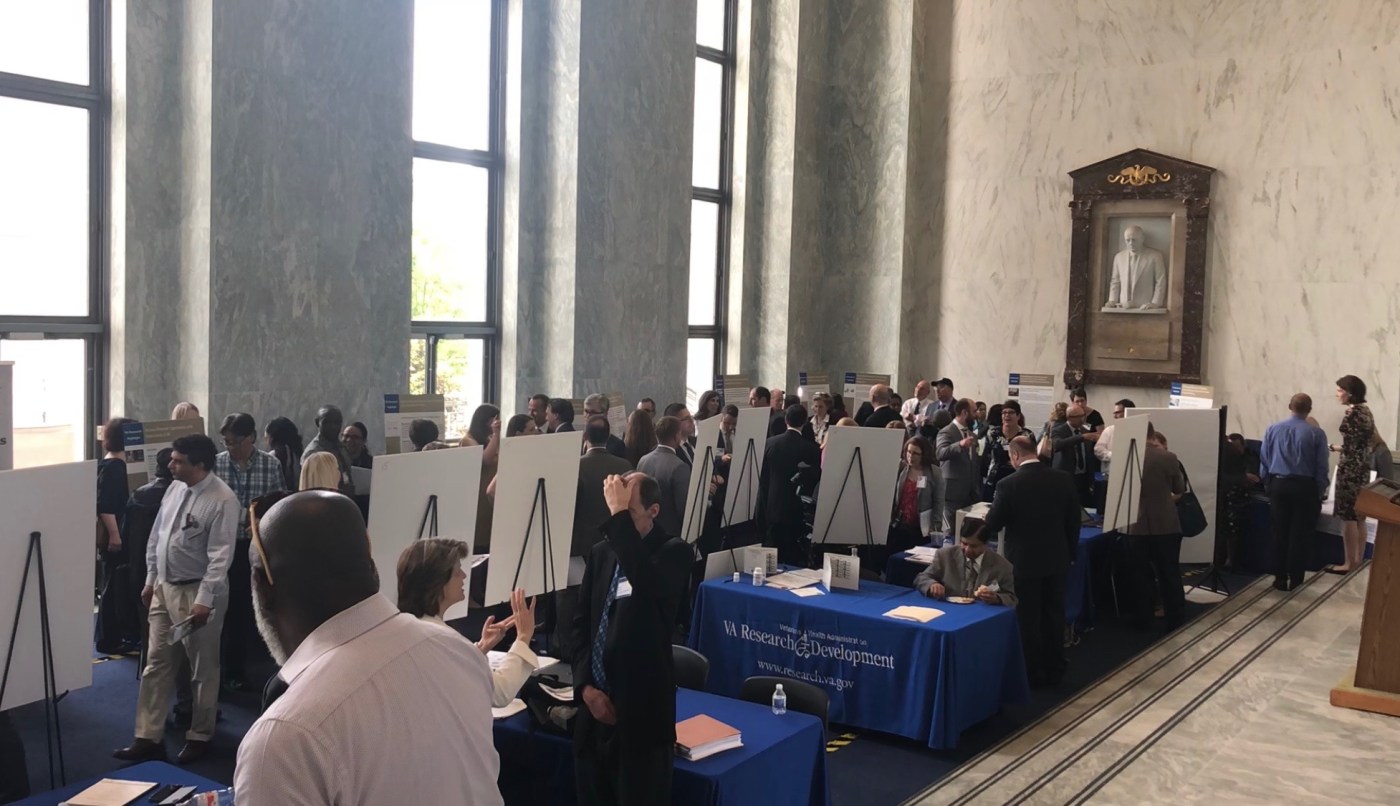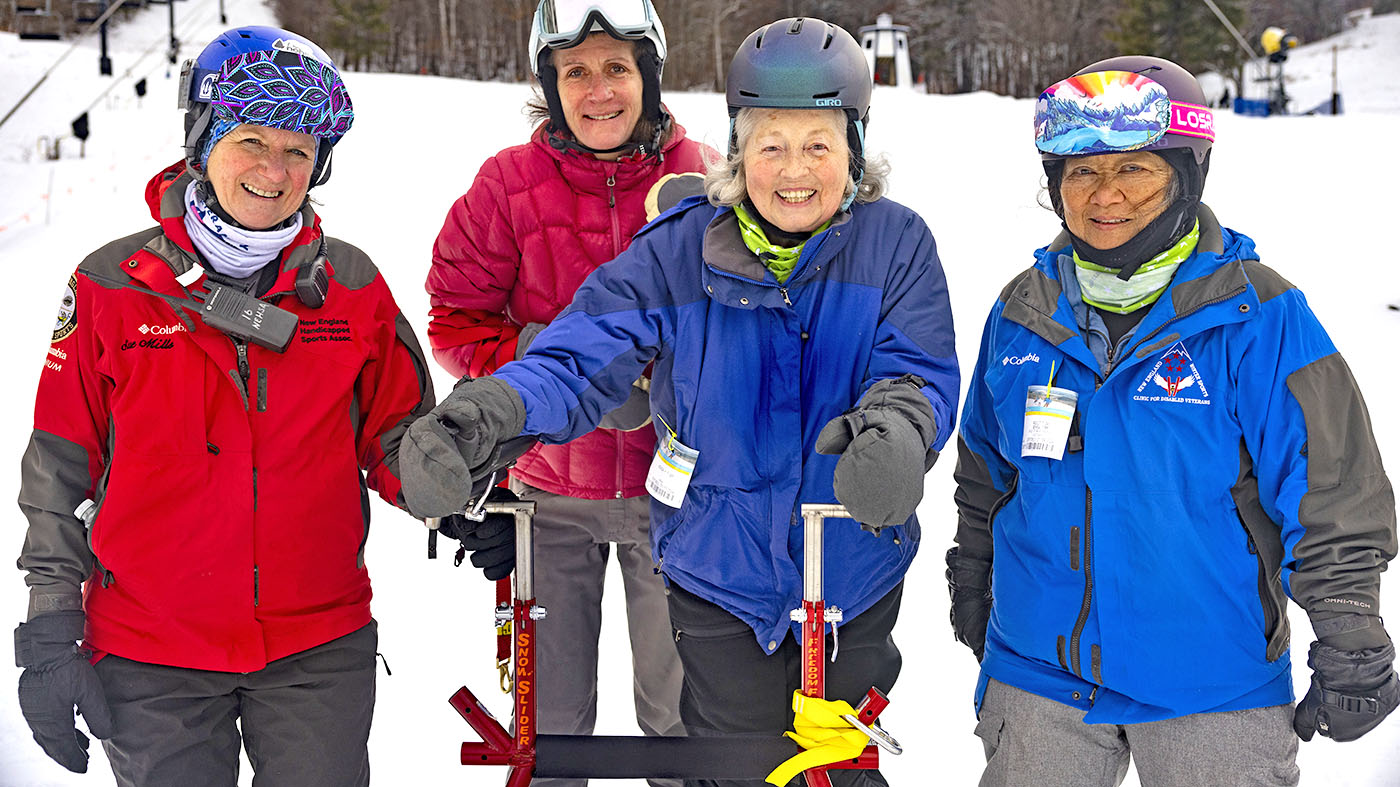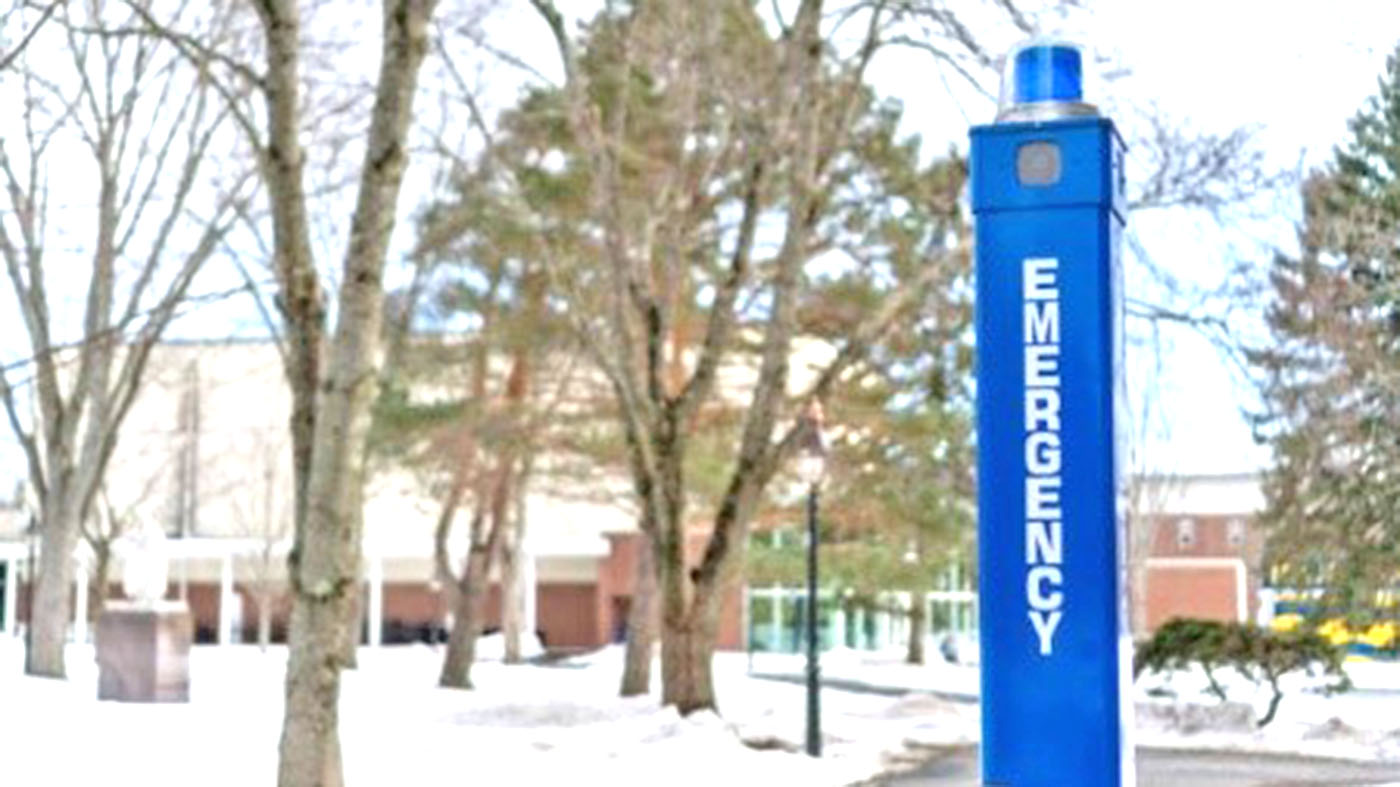Nearly 25 leading VA researchers, some accompanied by Veteran study participants, showcased their latest scientific, medical, and technological advances in Washington, D.C., as part of the second annual “VA Research Day on the Hill.”
The advances were on display Thursday in the foyer of the Rayburn House Office Building on Capitol Hill. They focused on topics that are critical to Veterans, including suicide prevention, spinal cord injury, PTSD, prosthetics, pain and opioid research, cardio-pulmonary issues, and female Veterans’ research.
VA Research Day on the Hill recognizes the discoveries and innovations that have led to advancements in Veterans’ care and the nation’s medical knowledge. The exhibitions included a comprehensive tele-eye screening program that provides better eye care access for Veterans; a suicide prevention door that improves the lives of Veterans while they are in a VA facility; a form of brain stimulation intended to improve the condition of Veterans with chronic pain and persistent headaches; a 3D technology platform that allows identification of FDA-approved drugs to kill cancer stem cells; and artificial lungs that mimic the circulation of a natural lung.
Congressional staff members and representatives from Veterans’ organizations were on hand to view the display of VA ingenuity.

VA Chief Research and Development Officer Dr. Rachel Ramoni thanked all of the researchers for attending and “making discoveries that improve Veterans’ lives.”
Addressing the crowd of nearly 100 people, VA Chief Research and Development Officer Dr. Rachel Ramoni thanked all of the researchers for attending and “making discoveries that improve Veterans’ lives.” She also singled out VA’s top clinical priorities: suicide prevention, PTSD, Gulf War illness, pain management-opioid use, and traumatic brain injury (TBI).
“VA research has been around for almost 95 years,” she said. “From the very beginning, it was meant that our mission should be different, that we should focus on practical outcomes. VA has had a proud tradition of producing innovative and impactful research findings that improve the health of Veterans and the nation. Such efforts would not be possible without the support of VA research, the research scientists and Veteran participants who willingly serve to create innovation and discovery, and ultimately advance health care for our Veterans.”
Dr. Carolyn Clancy, VHA deputy undersecretary for Discovery, Education, and Affiliate Networks, emphasized that Veterans are the “heart and soul” of the work at VA.
“I can’t overstate the importance of research to the health and well-being of Veterans and other people,” Clancy said. “Just in the last 25 years, we have seen survival rates for many types of cancer increase, better and more varied treatment approaches for PTSD, and greater use of genetic information to tailor drug regimens to individual patients. I want to express my sincere gratitude for the unwavering support, generosity, and fellowship that we have enjoyed in our mission to improve the lives of Veterans and many others. I look forward to our continued collaboration to make sure that cutting-edge research and cutting-edge care start at VA for the Veterans we serve.”
One of the researchers at the event, Dr. April Maa of the Atlanta VA Health Care System, displayed the tele-eye screening program. It provides better eye care access for Veterans, who are at high risk for potentially blinding diseases.
“I feel honored to be here,” Maa said. “I like to be able to show the good side of VA and highlight all of the research that VA does. This is a great opportunity for me to showcase translational research, which is taking something from science and applying it to the real world.”
Dr. Hardeep Singh of the Michael E. DeBakey VA Medical Center in Texas also attended the event. He displayed a project that involves a collaborative approach to develop and evaluate multifaceted “sociotechnical” tools and strategies to help reduce missed test results in VA. Failure to follow-up on patients’ abnormal test results is a key preventable factor in diagnosis and treatment delays in VA.
“I love this,” Singh said. “It’s a chance to showcase how our research can have an impact on clinical practice, patient care, and policy. We also get exposure to a crowd like this where you can influence someone to make decisions that will eventually improve patient safety.”
Four Veterans who have benefited from the innovations accompanied researchers to the event, including Navy Veteran Abriant Quintana. He suffered a TBI while serving in Afghanistan and is participating in research with Dr. Albert Leung of the VA San Diego Healthcare System. Leung is experimenting with a form of brain stimulation, repetitive transcranial magnetic stimulation (rTMS), as a treatment for Veterans with chronic pain and TBI-related symptoms.
Quintana explained that after the TBI, he took opioids to help ease his symptoms, which included headaches, mood swings, irritability, and weight gain. He built a tolerance for the opioids and increased his consumption, saying they “exacerbated” his symptoms and even led to suicidal thoughts.
But his symptoms have eased in the two years he’s been receiving rTMS, he noted, adding that he’s no longer on opioids.

Army Veteran David Powers with his caregiver. Powers, who suffered a spinal cord injury while riding a dirt bike, has been hospitalized with life-threatening pneumonia and upper respiratory infections, among other complications. But his respiratory infections and hospital visits have declined thanks to a study he’s participating in at the Louis Stokes Cleveland VA Medical Center.
“My whole outlook on life has changed,” he said. “I went back to college and earned a bachelor’s degree at the University of Redlands. I want to go to law school. I’m learning the piano. I’ve had no negative side effects from the brain stimulation.”
VA’s Office of Research and Development (ORD) organized the event, which was hosted by Friends of VA Medical Care and Health Research (FOVA), which helps Veterans receive high-quality health care.
Supporters of the event included the National Association of Veterans’ Research and Education Foundations (NAVREF), which promotes research partnerships to improve Veterans’ health, and Research! America, which advocates for science, innovation, and discovery with the goal of achieving better health for all.
Learn more about VA research at www.research.va.gov.
Mike Richman is a writer and editor in VA’s Office of Research and Development. He joined VA in 2016. He previously worked at the Voice of America, one of the U.S.-funded broadcast agencies.
Photography by VA photographer Alvin Williams.
Topics in this story
More Stories
Spinal cord stimulation implantation helps Veterans suffering from chronic pain improve their quality of life without narcotics.
After Addison’s Disease and lumbar spine surgery, nurse Veteran Gayle Smith re-learned how to ski. “You have more courage than you think.”
Follow these 10 winter safety tips to stay warm, safe and protected during the cold winter.







